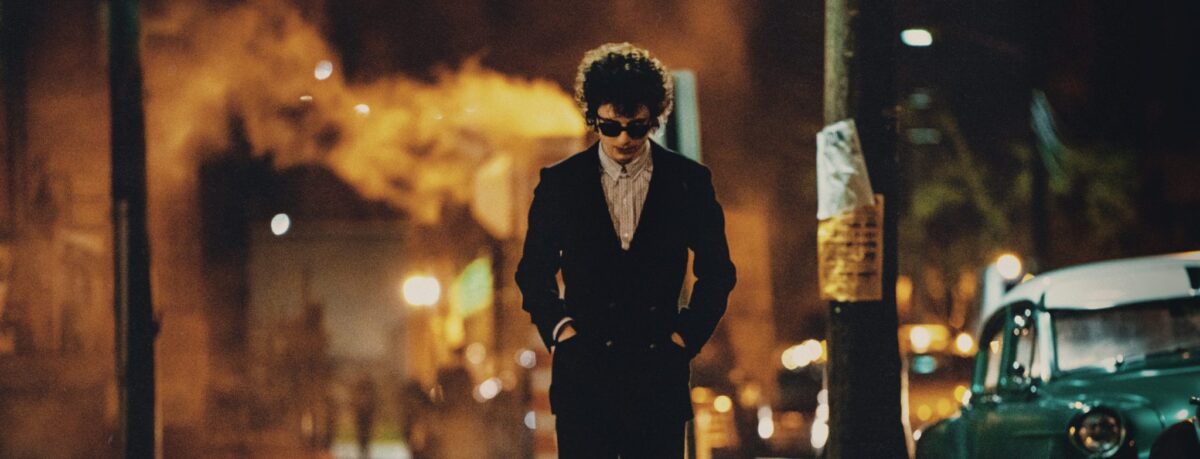By Matt Squire
It is with the onset of January and the start of a new year that the mind travels back to Summer. For me it’s all the same, preferring to daydream of blue skies and pink sunsets, surrounded by those near and dear, with little worry or care. It is in these visions of June that I find myself back on the island, traversing forest, river, moose and the occasional broken down outhouse on a quest of self-discovery and (more often than not) emotional self-flagellation. The island, 120 miles along sweeping vistas, between lakes and lakes, one foot in front of the other until the port came into sight. Isle Royale, a setting unmatched by others, full of a rumbling beauty at the behest of time.
The YMCA of Michigan provided me once more with the perfect escape from the monotony of university life, four months of gainful employment on the shores of Torch Lake, renowned for its lapis shades and velvet sunsets. With the nearest town over an hour away, it was a welcome retreat from life and an opportunity to cause hokum with friends not seen in almost a year. The only real challenge was the kids, who were to descend on us in the ides of June, making the job almost real for a time – as real as a camp counselor can appear on a resume, that is. The curriculum was purely fun however, and with vitae abounding, we set ourselves fast in becoming as close to role models as we could: teaching archery, riflery and bushcraft to groups of teens on quick comedowns from the world. Days off, few as they were, spent zooming from place to place, from dive to dive, Jeep windows down and Dylan blasting, talk of travels thereafter and midnight hikes up dry slopes with lightning above us.
In the months up to my journey I found myself in a newfound whirl of culture. A whirl I’d had only once before, in my year out of education: a whirl somewhat wasted on the shop floor of a supermarket, a year spent lying to old ladies and swearing under my breath at farmers. I threw myself back into the American greats: Kerouac, Guthrie and Steinbeck, making sure to allow space for Mr Ginsberg and Mrs Stein. The north of England creates a need for such a whirlwind: flat and tepid skies forcing one to create their own landscape and travel far to find greener pastures. Hull in particular, Hell to a young man in need of escape, a four letter word, four letters a prison to creativity and to the senses, depriving me of vista and views. The home of Larkin and P-orridge was certainly no friend to me.
I had, in fact, prepared for the very same expedition the year before, thrown into the mix as a result of my mother’s connection, only to find myself deathly ill on the floor of a mountain lodge mere days before our departure, thrashing and sweating myself into a pool of water on a wafer-thin mattress, pausing only to knock back benadryl and swig tepid coffee. My ship had sailed by the time I came around, leaving me to spend the next 8 or so months resigning myself to completion – rushing through a somewhat thankless degree to gain access once again to the winter-water wonderland of my daydreams. Once back, it was time to prepare, a month of wilderness and medical training, push ups (alongside a very short lived running career), after which I was chomping at the bit to get on that big blue bus and set the heading straight for that big slab in endless blue Superior.
The island was a fact now, passed down to me from those in charge, a secret mission almost, known only to me and my co-conspirator, Mr. Dos Anjos, a stocky young man from Ohio, better versed in the outdoors and more eager than myself to lift off. He had come to the journey at the behest of a nervous but well-meaning Welshman, too unsure of his
abilities to undertake the journey and already on a course back to the valleys by the time we set foot on the archipelago. The change in partner made no difference to me however, I was still queasy after a week spent learning about the worst that can become of a man in the forest: bear attack, impalement, or even death by testicular torsion, all gristly ends in their own way.
We touched down in a rag-tag midwestern town, a place where nothing was permanent, full of lean to’s and out of date motels, inviting only to those uninvited and pushing away those who wished to stay. Every resident was a painting, a mess of hair and colour, zipping about on 70s mopeds and broke-down jeeps, too quick to understand but slow enough to envy, a freedom apart from what we had already. I’d come here to find that kind of free, a free from education and a free from the monotony of the north, a place lacking in the nature I wanted, the nature of the good old countryside I desired, preserved in Pathé films and on pub walls,
the nature of my grandparents and those before. Of course, to compare the forest of Michigan to the forest of Shropshire would be an insult to the old firs I lived amongst those two weeks, with little old Haughmond Hill and Nescliffe playing second fiddle to Lakes Chickenbone and Ritchie, Ridges Greenstone and Minong, sights dwarfing my memories of the nature I thought I knew.
My pack, some 60 pounds, was full to the brim with all assortments of water filters, hammocks, first aid kits and tuna steak, weighing me down at the rear of our company, catching the slowest but pushing the fastest, ten or so miles a day in the heat of it all, in dark and light, rain and sun, collapsing into the welcoming arms of a beaten up Steinbeck and a pack of cheap noodles. Our company? Seven fourteen year olds, with Mr DA leading the charge, and me, the nineteen (to turn twenty) year old guarding the rear, watching for hazards, be that moose, wolves or an especially flexible thorn branch held back in front of me (these proved to be the most dangerous of the trifecta).
We arrived on the Island with the sun above us, a calm journey by all accounts, with a slightly mad swede captain the only real thing to write home about. We were banished to the bottom of the boat, putting to mind images of Roman galleys (sans oars), with the beating of the drum replaced by the music of those great poets of the youth: Yeat and Dababy. Our first steps were small, soon enveloped by the real stomach of the forest, struggling across rocky outcrops that were closer to the mountains I knew from home, with promise that the worst was yet to come. My partner was a veteran of the island, having completed the hike once before as a teen, allowing him to make reassuring remarks such as, ‘I’m sure there are more wolves than when I was here’ and ‘If a moose charges, there’s really not much you can do’. Having such a companion alongside me certainly made for some interesting conversation.
Hiking depends on two things, weather and vigour, two things it seemed we lacked. The sky was never the same, changing with the clouds brought in by the lake breeze, darkness brought upon us with no warning and the occasional lightning storm scaring the wits out of us. Vigour was also running thin very early on, as is to be expected with a group of teenagers without a screen to grab being forced to hike 12 miles a day. Each day came with new challenges, moose to avoid (10 spotted in total, 3 close escapes), water to filter and kids to placate, jobs perhaps not best suited to a pair with barely half a frontal lobe between them.
The first steps back on civilised ground were among some of the best I have ever taken, no roots or stumps to trick or trip me, no bogs to lose a boot in and no moose to chase me; never have I felt so glad to see a snickers bar. After gorging ourselves on a veritable feast of ice cream sandwiches and root beer, it was back on the boat and back to dry land, where a pot was hoisted over a campfire on sticks. The night dissolved among packs of discarded ramen and marshmallows, with talk of adventures to come and bragging among schoolmates rising up with the sweet aromas into a sky of stars and fireworks, with ladles and dippers rising and falling above us.
A journey of 12 hours followed back to base, propped against the wall of a bus, Dylan and Cohen in my ears the whole way, drifting from the peaks of Nashville’s skyline to the sordid rooms of the Chelsea Hotel, all while the forest and dirt track of Michigan rushed past my eyes, thankful for a place to rest my tired legs. Our arrival caused a stir, a welcome party as if returning from a years long conflict, huge bear hugs and hands shaken, all followed by the first shave and warm shower of weeks, before collapsing on the wafer-thin mattress of my sickness, dreaming already of the rocks and pines, the moose tracks and the sunsets, ready to do it all again.



